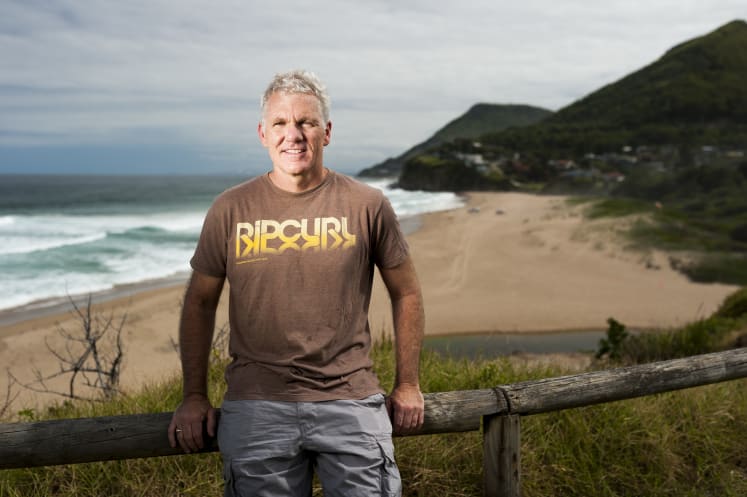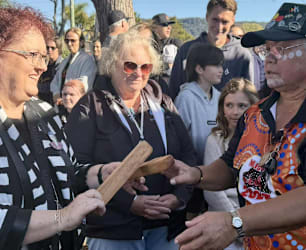The Illawarra Flame’s resident coastal science expert Professor Rob 'Dr Rip' Brander has been appointed Member of the Order of Australia (AM) in recognition of his exceptional service to the community through beach safety research and education.
Rob has directed the University of NSW Beach Safety Research Group, presented Dr Rip’s Science of the Surf community education program, published more than 100 book chapters and scientific articles, and taken part in countless media appearances.
The Coalcliff-based researcher and educator says the AM recognition of his hard work means a lot.
“It’s a huge honour and a quite emotional [one] because you don't do these things to get awards, but to have the community see value in what you do means a lot.
“I've had a lot of well wishes from people who've helped me along the way, so that's been nice, because a lot of people have helped me along the way – individuals and organisations.
“I couldn't have done this by myself.”
Rob grew up in Canada and was drawn to the ocean during his family's once-a-year holiday to the coast.
As part of his early studies in physical geography at the University of Toronto, Rob conducted experiments in the Atlantic Ocean and the Great Lakes, but he was keen to complete his PhD on measuring rip currents in warmer waters, so he looked to the beaches of Sydney.
“When I came to Australia as a backpacker, I studied rip currents out of textbooks and things, but of all the beaches I'd been to I'd never seen one,” Rob said.
“My second day in Australia, an Australian friend took me to Bronte Beach and pointed at the rip current and I couldn't see it, and that got me really interested in, you know, 'Why can't I see this thing when I've been studying it?'
“Eventually, I went from measuring rip currents to understanding them more as a hazard and focusing on beachgoers and their knowledge of rip currents.”
In 2001, Rob founded the Science of the Surf, a community education program (and now online resource) dedicated to teaching the public how to spot a rip and basic beach safety. Over time, Rob’s popular dye demonstrations – during which he releases an environmentally safe purple dye into the waves to identify rip currents – led people to call him Dr Rip, a nickname originally coined by either Dr Karl Kruszelnicki or Bondi lifeguards – or likely a combination of the two, Rob says.
Rob has received numerous other accolades for his work, including being awarded an Australian Museum Eureka Prize for Promoting Understanding of Australian Science Research in 2012.
Teaching the public how to spot rip currents and reducing rip current drownings remain his main goals.
“Anyone who uses the beach a lot and interacts with water a lot I'm sure [has] a pretty good understanding of rip currents, [but] that's actually quite a small percentage of the population,” Rob says.
“If you get it into schools, after a few generations you'll have an adult population that has had a little bit of beach safety education.
“The real challenge is for adults… how do you educate somebody above the age of 20, or above age 18, who's never had any rip current education?
"We need to do research to find out what's the best way – is it using pictures from certain angles? Is it using video? Is it doing it on the beach? Is it using virtual reality? That's, I think, the next big step.”
After several tragic drownings during rip-rescue attempts this year, Rob has two key messages to share.
“If you ever see somebody trouble in the water, even if it's your own child… you need to take a little bit of time, even if it's just 10 seconds, get somebody to go get help, go get the nearest lifeguard, phone triple zero, [and] look around the beach for something that floats,” he said.
“If you see somebody at a beach and there's no lifeguards or lifesavers around, and you see them heading into a rip current, go up and give them some friendly advice and say, ‘Hey folks, that's actually quite a dangerous area'.
“I think we also need to look after each other as well.”
Read Rob's December and January columns for the Flame, How to spot a rip and Types and What to do
Visit the Science of the Surf website






